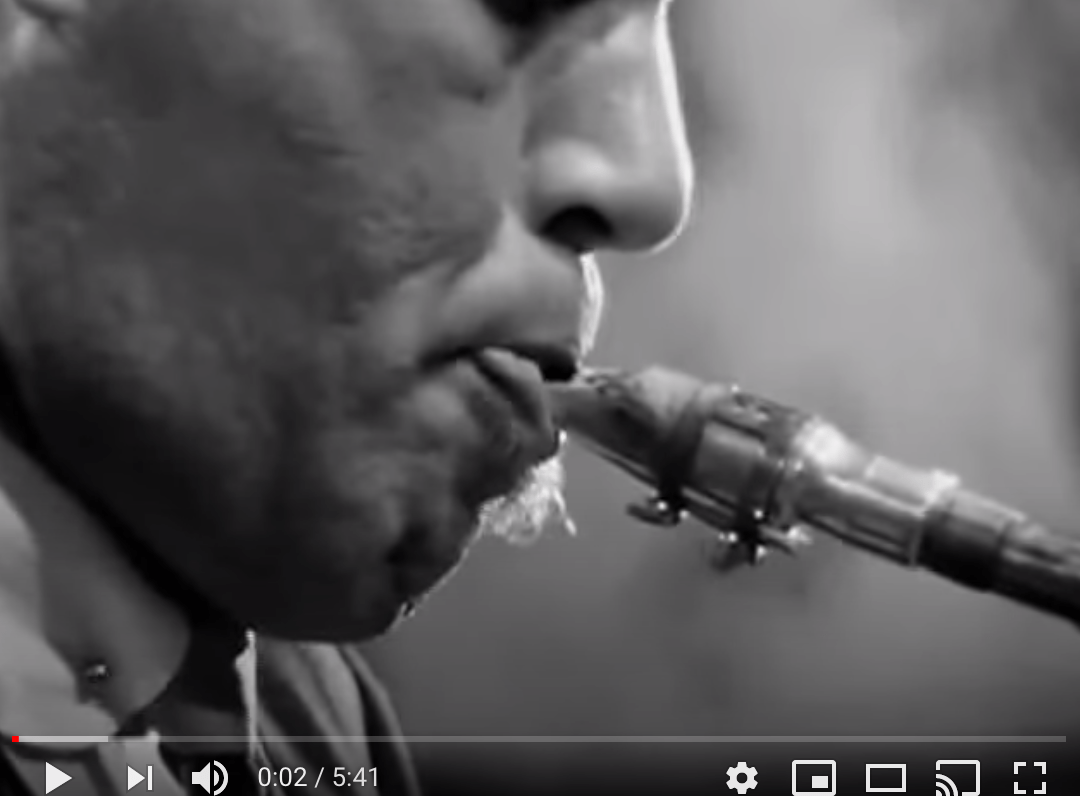This gives me trouble frequently and I am having to really work hard on my embouchure to avoid squeeking or squaking. Is this a notoriously hard pitch or something?
Just to clarify it's 3 fingers (G) plus the octave held down with my thumb.
Just to clarify it's 3 fingers (G) plus the octave held down with my thumb.





